Game Designer: Build Model
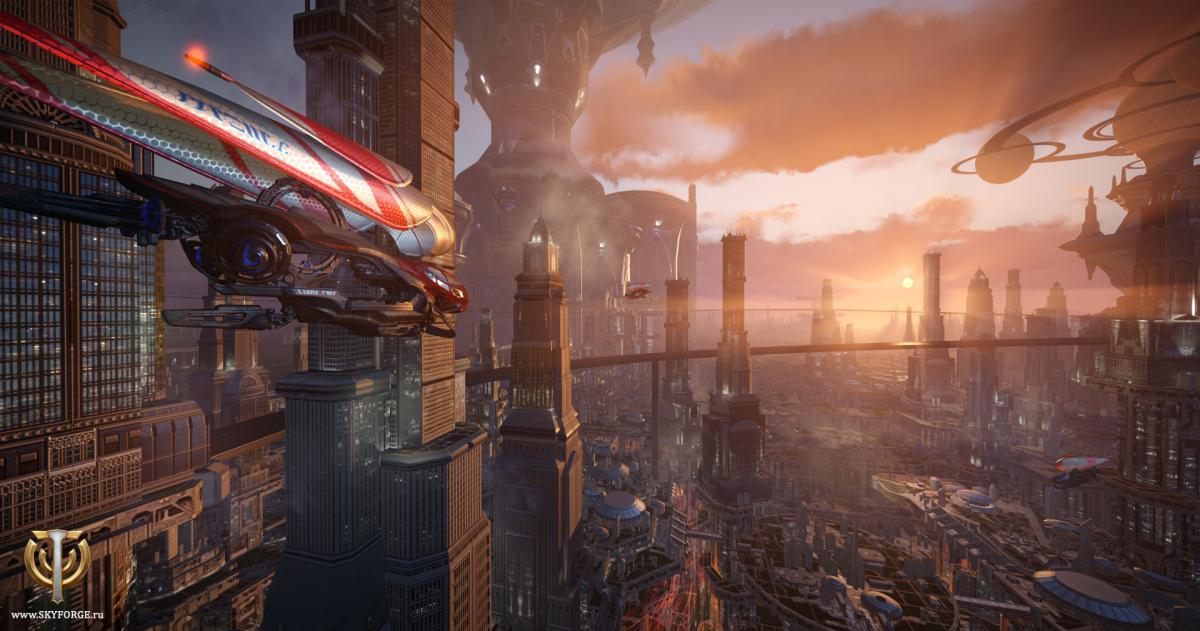
Hi, my name is Alexander Mishulin, I work as a creative director at the Allods Team, a division of Mail.Ru Group that develops client games. Under the term "creative director" can hide a lot. In my case, this is a guide to the direction of game design in Allods Team, primarily on the Skyforge project. Quite often we are asked the questions “What is a game designer?”, “How to become one?”, “What do you expect from a candidate for designers?”, And today I would like to answer some of these questions and tell about this profession.
What is a game designer and what does he do?
Under the term “designer” different professions may be hiding, so first we’ll talk about what exactly game designers do. The best definition I know sounds very arrogant: it's the people who make the game a game. In fact, this is so: the designer is responsible for making the player interested in interacting with the product. He invents the rules of the game, the player’s tasks and methods for solving them, together with the scriptwriters, describes the world in which the action takes place, and does much more. Designers can work both at a very high level of abstraction, creating a common system of rules, and perform tasks for the final assembly of the product (for example, working out a specific location in which something will happen, and filling it with assistants and opponents, obstacles and rewards).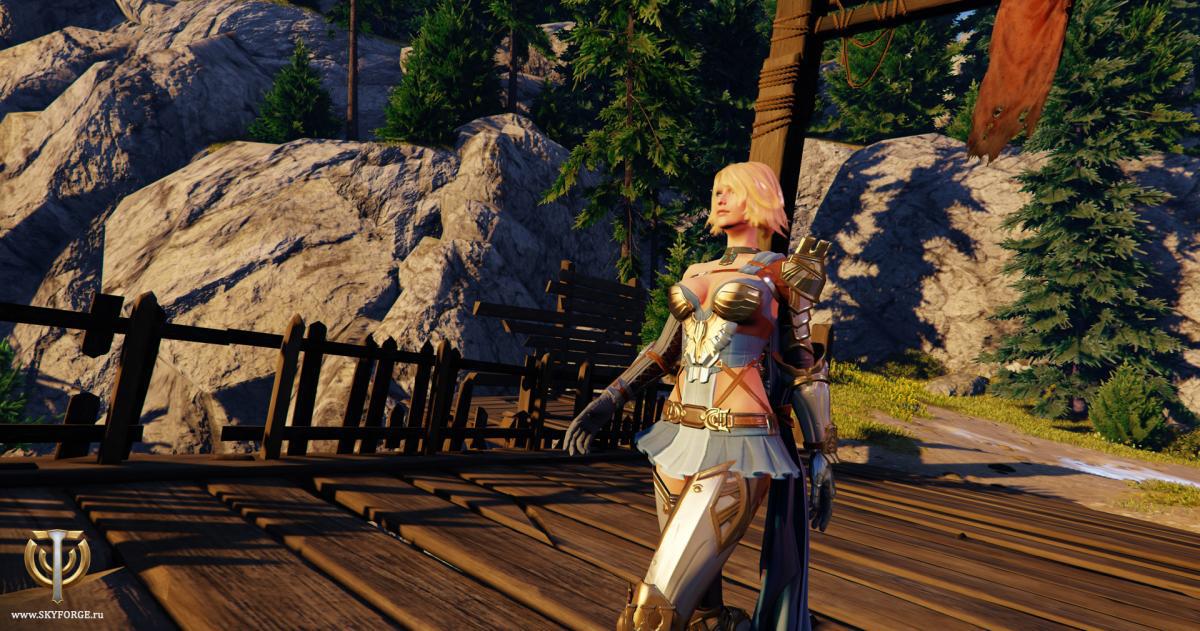
When developing a game, we divide it into large elements (we call them features, from the English feature). We try to entrust each of these elements to one specific designer. How it works? Let's look at an example of our current project.
A fairly large element in Skyforge can be one class. At the beginning of the work, we meet with the designer and discuss what is expected of the class, what role it will play in the game, how it will differ from other classes, what archetype it is, what examples we will take and references from other products of the entertainment industry (films, TV shows games, books, and so on). Any archetype has its own group of fans - players who choose only it from project to project. Take the paladin as an example. It may be called differently in different projects, but the set of abilities in this class will be quite similar. For example, players expect a paladin to have abilities aimed at protecting themselves and allies. The designer collects the expected features together, but if you just use the archetype, you get a “normal paladin”. We need so that our hero is and looks like other paladins, and has a noticeable difference, which still needs to be invented. But at the same time, one cannot cross a certain line and give him abilities that destroy the image; for example, a paladin cannot in any way call undead to his aid. From all this you need to collect not only a characteristic image, but also the gameplay - to make the class playable. Find which abilities will be used and in which situation, which will be rarely used, and which often, to make sure that the class performs all the actions expected of it (for example, it can kill groups of simple opponents and one strong one). Thus, the designer develops his vision, which is then agreed upon. This is what can be called the first part of the class design. But at the same time, one cannot cross a certain line and give him abilities that destroy the image; for example, a paladin cannot in any way call undead to his aid. From all this you need to collect not only a characteristic image, but also the gameplay - to make the class playable. Find which abilities will be used and in which situation, which will be rarely used, and which often, to make sure that the class performs all the actions expected of it (for example, it can kill groups of simple opponents and one strong one). Thus, the designer develops his vision, which is then agreed upon. This is what can be called the first part of the class design. But at the same time, one cannot cross a certain line and give him abilities that destroy the image; for example, a paladin cannot in any way call undead to his aid. From all this you need to collect not only a characteristic image, but also the gameplay - to make the class playable. Find which abilities will be used and in which situation, which will be rarely used, and which often, to make sure that the class performs all the actions expected of it (for example, it can kill groups of simple opponents and one strong one). Thus, the designer develops his vision, which is then agreed upon. This is what can be called the first part of the class design. but also the gameplay - to make the class playable. Find which abilities will be used and in which situation, which will be rarely used, and which often, to make sure that the class performs all the actions expected of it (for example, it can kill groups of simple opponents and one strong one). Thus, the designer develops his vision, which is then agreed upon. This is what can be called the first part of the class design. but also the gameplay - to make the class playable. Find which abilities will be used and in which situation, which will be rarely used, and which often, to make sure that the class performs all the actions expected of it (for example, it can kill groups of simple opponents and one strong one). Thus, the designer develops his vision, which is then agreed upon. This is what can be called the first part of the class design.
The designer comes to the artists of the project and tells them about his vision of the class, what it should be like, what skills it should have, how it imagines them. Artists are preparing the concept of the class and its abilities. At the same stage, it is discussed that of the proposed ideas has difficulties in technical implementation or will not look graphically interesting, there are compromises.
The designer makes a rough assembly of the class. So far, only mechanics are present in it (how spells and abilities work) and minimal visualization. We play it and say: it didn’t succeed here, but here, on the contrary, it’s excellent, let’s do this more and this less. The process is repeated several times, and we get a class that is played. After this (and sometimes in parallel with this), the work of other departments occurs, which prepare the necessary components (models, animations, effects, sounds).
The designer does the second major part of the class design - calculates all the abilities: how much damage they should cause, how long they should last, how long they should be applied to meet the requirements and be in balance with the rest of the classes. In addition, “building” is created - various additions like talents, additional spells to choose a player, and so on. This is done so that the class can be developed in different directions and users can customize it for themselves. All this also needs to be collected and calculated.
The class is assembled cleanly, all components received from other departments are connected to it, after which all this gets into the game with all the design, sound, special interfaces and other laid elements. All this time, the designer plays in his creation: he checks not only the performance, but also how the final design works in the gaming environment. The effect may turn out to be too bright, and the animation may be slightly long; somewhere you’ll have to fix the ability to make it easier to apply during the game. There is a setting, the class is "polished", made more comfortable. A playtest is held, at which all the employees in the project play for the class and give out their comments. The designer finds with their help what needs to be fixed, and sends it to work. This is an iterative process, it requires a lot of improvements that are made in various departments, they need to be negotiated. It’s important to understand when the work will be completed so that the class in its best form gets into the game at the right time. Since the designer constantly works with the class, he knows who does what for the class, what state the work is in, and when, according to his estimates, the feature will get into the game. When the class is in the game in its finished form, there comes a joyful moment of the realization that the vision, which existed only in ideas and was represented by a set of references, was embodied, they played and enjoyed it.
They come to the designer to talk about how cool they managed to do something, and where else I would like to finalize a bit. As a result, the designer knows not only how to play with the class, but also what are his highlights. Throughout the development, the element remains assigned to the designer, who leads it and, if necessary, polishes it during the project. In fact, a designer is a center of class information that can be requested at any time during a project. And yes, this whole example was a little simplified: I threw out of this already long story some of the tasks and approvals.
The example I have given concerns the designers of combat mechanics. For designers of another major gaming system or location, the story is about the same. Two features unite designers: the initial vision of how the game element should be implemented, and the responsibility for the selected part of the project. This is also very convenient for managers - all the information on a feature is with a particular person, which means that you can rightfully come up to him at any time and ask: “What is the matter with this?” And if the specialist is good, then he will tell what is happening now and what will happen in the future with the element for which he is responsible, how he is going to change him, and so on. There are people who many times, even in their free time, process, finish their part of the work simply because they want to achieve the perfect result.
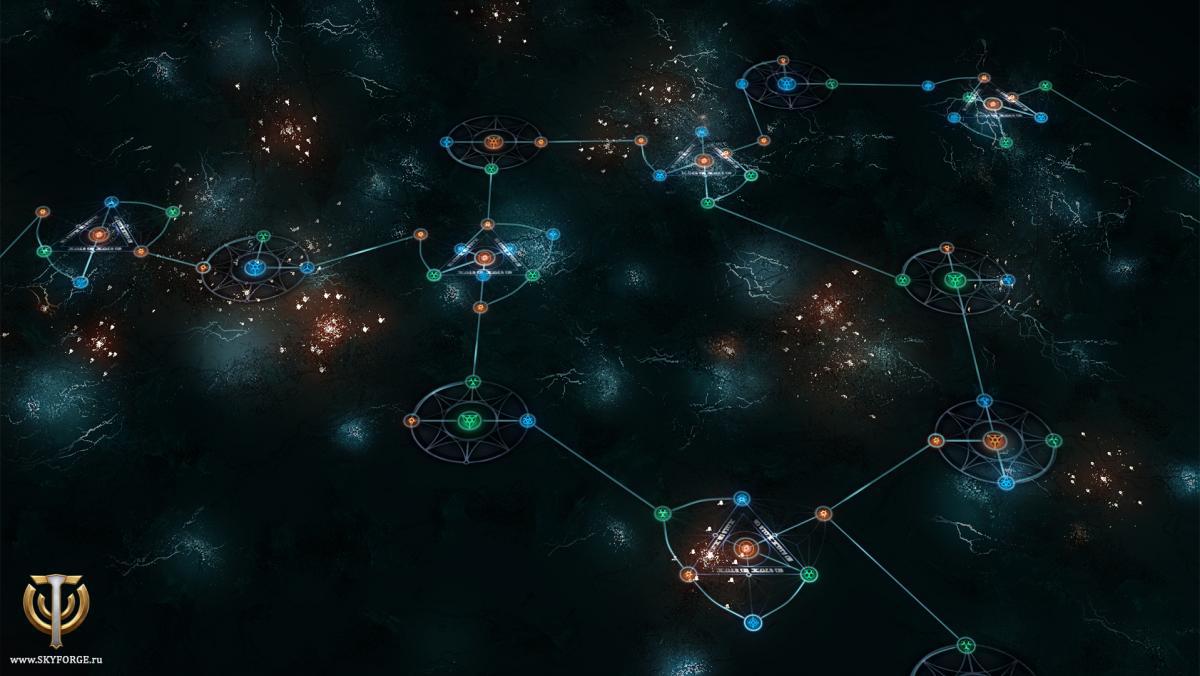
This is just one of the approaches to the organization of game design. I came across options when a tougher task was set: specific details of the game element are described in detail, and this is what people work with. The project is obtained by embodying the ideas of a small group of people with a low degree of independence within the studio. This is especially famous for Asian game developers. This has its advantages and disadvantages. This requires a slightly different mentality and other training of specialists, but the option itself is quite viable.
To summarize, the ideal game designer is a person who can take responsibility for a major game element, make it interesting, fun, exciting. The designer should be responsible for any work related to the interactivity of the game, with the construction of the interaction between the game and the user. Calculations and the creation of mechanics, conducting a playtest, the psychology of a player, elements of scenario work are all elements of game design. On the other hand, the development of the project is a team matter, therefore a considerable part of the work is devoted to communicating and conveying one's point of view to other people. Therefore, the designer must also have developed a communication skill.
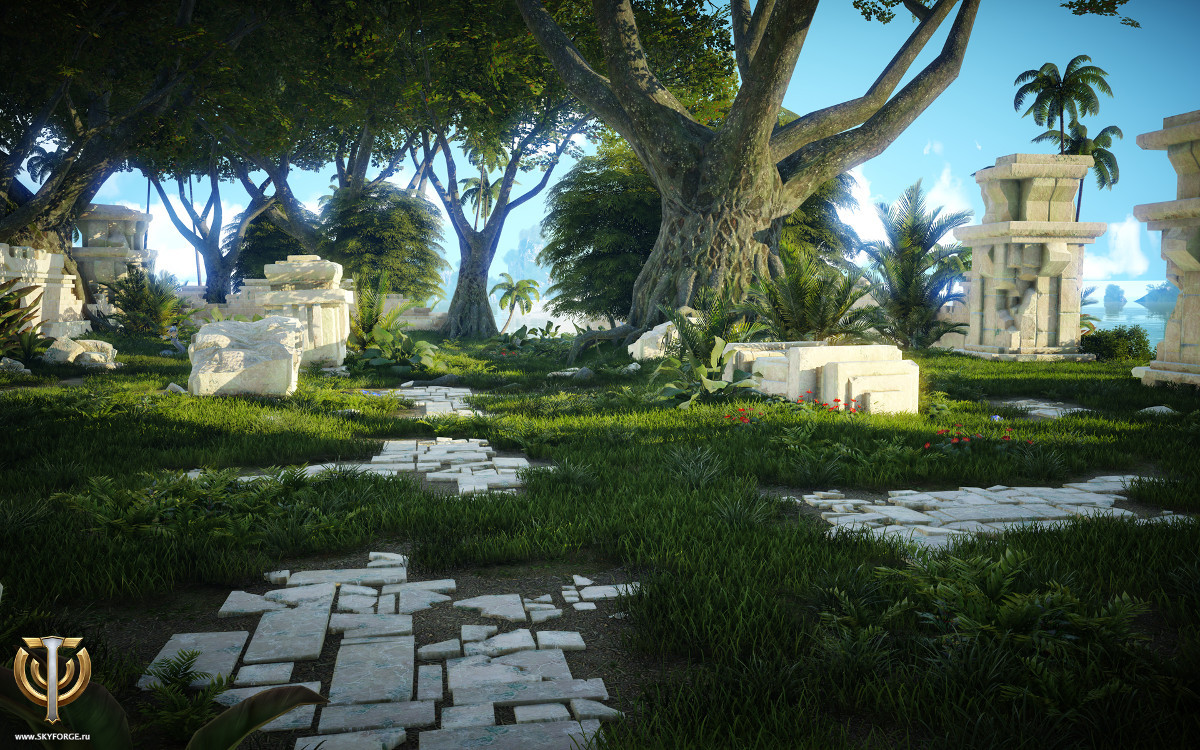
How do we select game designers?
Based on the foregoing, there is a set of qualities that we value in a potential employee. It:- Communicativeness - we try to recruit active people who can speak well, convey a thought, spell it out in detail from A to Z, capable of promoting a common vision.
- Game erudition - a person should know how different games are arranged, what decisions were applied, what is happening in the industry, and what are the latest trends. With rich gaming experience, he accumulates a wealth of knowledge on what solutions were used to solve particular problems in different projects. As a result, faced with a similar problem on the current project, a person will imagine how to approach it and what the consequences will be from a particular solution. The same is true in the opposite direction: if there was some new idea for the current game, you can imagine how it would look in an already released project of the same genre and understand how good it is and where its weaknesses are.
- The skills inherent in specialization - it all depends on what position the applicant is applying for. If a person specializes in role-playing systems, in combat, then he needs to be able to count well, understand how probabilities work. If a person wants to work on creating locations - he needs to understand how locations are built in different games, what approaches are used, how to convey this or that feeling from an open or closed location ... and so on in all specialties
- Analytical skills - the designer needs to understand why he makes this or that decision, what consequences he will have, why this or that game element, what is his place in the big picture.
- Psychology - it is very important for the designer to understand the player’s psychology, what is important for him and how he will behave in different situations
- Vision - designers should not focus on games. The gaming industry is part of the entertainment industry, where we all compete for the same resource, free time. A person will choose what provides him with the most vivid impressions. So, we need to know what impressions our competitors offer, whether they be films or books, tourism or sports. Moreover, only a small part of the games are so abstract that they are not based on our reality, which means that the designer needs to understand how this or that element on which a certain fragment of the game is based works in our world. Therefore, the designer should know a little bit, see or study a variety of disciplines. Literature, geography, biology, philosophy, physics, history - everything can be useful.
It becomes clear that we are looking for a sort of hybrid between techies and humanities, and they are quite rare.
During the selection of employees for the position of designer, we primarily give candidates test tasks. The task is related to the alleged specialty: we ask mission designers to create a mission that suits our conditions, game designers - to conduct a critical analysis of one of the projects (we would not mind asking you to make us a little indie game, but it looks a little too cruel) . This task is written, with its help we try to find out how a person expresses his thought, how logical and competent he can write everything. We also ask you to indicate what a person played, to provide a kind of portfolio of projects that a person can rely on in making decisions on design issues. Each work sent to us is evaluated by a group of experts, and if this stage is passed, then we invite a person for an oral conversation.
In an interview, we ask several groups of questions. First, we watch how a person defends his opinion: we deliberately argue, defend points of view that we usually don’t adhere to, sometimes even those that we consider erroneous, to see how a person will oppose the conversation, to defend his opinion how easy it is he is changing his position. After all, when working in a team you need to promote your vision, while obstacles will constantly arise. We need to somehow make sure that a person can convey his point of view and argue for it.
Secondly, there are questions that we cannot verify in writing, for example, related to mathematics, and probability theory. We need to understand how the candidate will approach such tasks, what will he do if he encounters difficulties. This group also includes questions aimed at knowledge of the gaming industry and to test fantasy.
Almost always during the interview, we discuss a game from those that were on the list indicated in the written assignment. Usually this is a game in which the candidate played for a long time. We want to understand how deeply a person has understood his favorite game, what impression he has of the product, and whether he can decompose it into parts. We are trying to find answers to questions like “Can a candidate find flaws in a favorite product or perceives it as an ideal that cannot be made better?”, “Can I choose good solutions from the game?”, “Does it understand that it’s valuable for the game, and what can be easily discarded? ” It is important for us that a person has a knowledge base on projects and platforms, that he is well versed in game genres and their inherent features, guided by the trends in the gaming industry - for example, he understood
The meeting is always attended by two full-time designers; after it we develop our general opinion about the person. If all is well, then we invite the candidate already for an interview with the project manager, which is connected not with the profession, but with the specifics of work in the company and in the team.
To summarize: we test the candidate’s ability to logically formulate his thoughts verbally, explain and comment on his point of view well, test his ability for constructive criticism and logical thinking, as well as industry knowledge. In this case, as you may have noticed, we do not test his skills and experience. There is a simple reason: at the moment there are few game designers, they are almost never taught, there are very few educated specialists on the market, so we initially assume that the candidate has few or no skills at all, and we will have to teach him. In addition, a new employee will still have to be trained in our work processes and our tools.
What to expect in the studio?
Each employee who comes to us receives a mentor. An experienced specialist will be attached to him who will teach him: how to use the tools, what is right and what is wrong, how to do it, what is our point of view on this issue. But first of all, we put the person to play in our current project - the employee gets acquainted with what he will have to work on, and we get a fresh look at our work.
Of course, we will not let the beginner immediately develop a game class. Rather, he will receive small preparatory tasks, then something more, for example, to make an entire monster with all his abilities. This is a small task, but, nevertheless, it is a finished work - a monster can play good or bad, be interesting or boring. Gradually, from these little things, we move on to larger tasks, but at the same time we always try to get the finished part of the project, rather than the abstract design “on the table”.
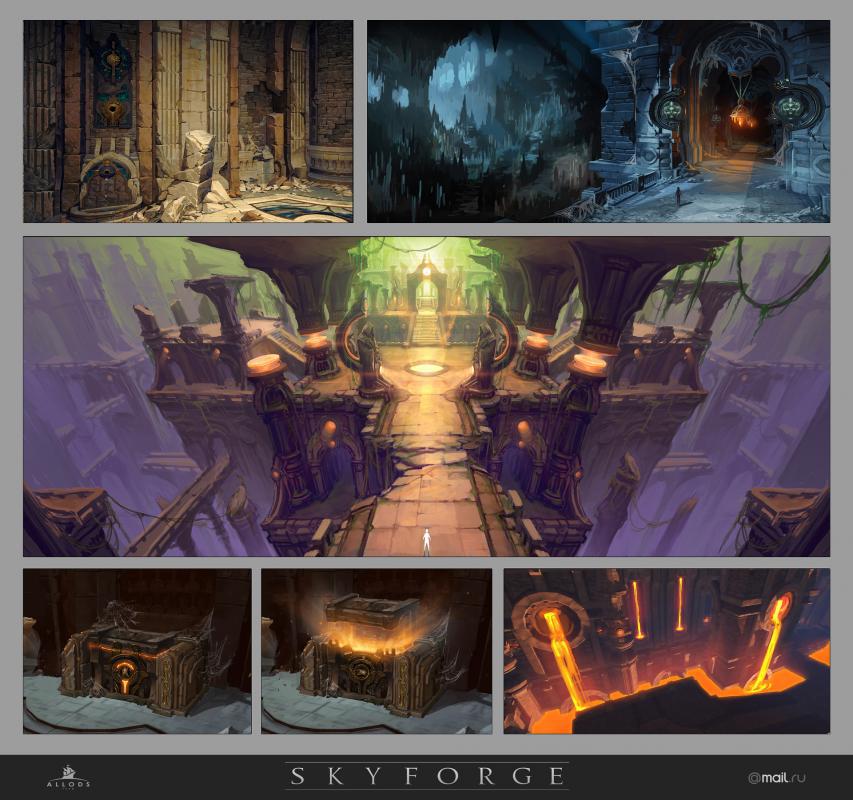
Doing task after task, the employee gets acquainted with the whole team. In the development of games there are almost no tasks that can be done alone: somewhere you have to ask the senior comrades for advice, somewhere to go to the next department and agree on the implementation details. Communicating with colleagues, the designer will gradually begin to earn a reputation, which subsequently will allow him to more easily negotiate and convey his point of view on the vision of a game element.
Gradually (and it happens, right away) ideas begin to appear in a person how to make a project more interesting. We have a fairly free order, and if there are any suggestions, then any designer can come to me or to his boss and say: "Let's do it ...". And then everything depends on the idea itself. If she is good, then she can come true, sometimes even quickly enough. And if the idea is bad, then we will say that it is bad and try to explain why. Of course, like any idea, it can lead to another idea, which will be much more suitable for the project.
Self-education for the designer
As in any profession, self-education plays a big role in the design of games. For myself, I divide the literature on game design into three large blocks:- For newbies. There is a lot of literature for beginners, especially fundamental works are used in education in the West. But at the same time, almost all such books are built on the same template and talk about the same parts of the discipline. From the books I can recommend one of:
a. Andrew Rollings and Ernest Adams on Game Design,
b. Fundamentals of Game Design by Ernest Adams,
c. Game Architecture and Design: A New Edition by Andrew Rollings.
The latter has long been a textbook in several curricula in the United States. - Middle level. Unfortunately, there is little literature of this kind. A lot of books pretend to be at an intermediate level, but in fact they either slide into theorizing or at an elementary level. From a good intermediate level I can name:
a. The Art of Game Design: A book of lenses by Jesse Schell. The book presents 100 points of view on the project, each of which allows you to think about whether we have forgotten about a certain aspect in development or in design. You can even buy a deck of cards for a book (or, in the book's metaphor, a set of lenses), each of which reflects one of the points of view. You can get one daily and make sure that you have not forgotten about it.
b. You can also call the book Theory of Fun for Game Design by Raph Koster, which reflects the author’s peculiar look at how the games are arranged. In short, the main idea is this: the game ends when the fan ends, and the fan ends when the person has learned absolutely everything about the game. The method of presenting information in the book is rather strange, but funny (a lot of comics and illustrations). It seems to me that it was possible to present such material more briefly, but such was the will of the author, it is still worth reading. - Hardcore Such literature addresses issues of psychology and perception; little is said there about game mechanics, mathematics, and applied elements. I can name just one such book right away - Rules of Play: Game Design Fundamentals by Katie Salen Tekinbas (Author), Eric Zimmerman. This is a giant Talmud, it is very difficult to read it precisely because it is devoted to theoretical issues. The thicker book The Game Design Reader: A Rules of Play Anthology by Katie Salen Tekinbas (Editor), Eric Zimmerman was soon separately published for him. In fact, these are 32 essays from well-known game designers who comment on the ideas expressed in the Rules of Play, and at times argue with the opinion of the authors. But, nevertheless, this is what can be called a high-level game design, theorizing, a look at the industry and genres in general.
- Gamasutra should be singled out from Internet resources - an excellent resource that consistently publishes a lot of information, both theoretical and applied, in any areas of game development, including game design. The main problem is that you need to have sufficient skills to filter what is read. For example, two articles with similar innocent names, but with different contents, can be nearby. The first tells how “RPGs offended me and I will now prove many times that you can’t do RPGs and their time has passed”, and the second “Which mechanics in RPGs reject players and which are perceived normally.” Separating such articles is difficult, because for this you need to have your own point of view and a sufficient amount of knowledge, but at the same time in good articles you can find many useful tips.
In the end
People often ask: what is the most important thing for a designer? In my opinion, each experienced specialist will have a different answer. For me, the most important thing is the horizons, the range of knowledge that you can operate on. Of course, a certain basis is required, fundamental knowledge on the design of games, but they can be taught, as well as the ability to count game mechanics. You can even teach a person how to communicate. The horizon is gained over the years, and this applies not only to knowledge in the field of games, it applies to everything that surrounds us. Watch movies, read books, go to theaters or museums, go on a trip or go to a sports competition; in no case do not focus on just one thing. It is the breadth of your knowledge that will help to understand what is valuable for a variety of people, why they spend their time on this or that entertainment, and this, in turn,On this I would like to end. If you have questions or want to clarify anything that I talked about - please comment, I will try to answer.
